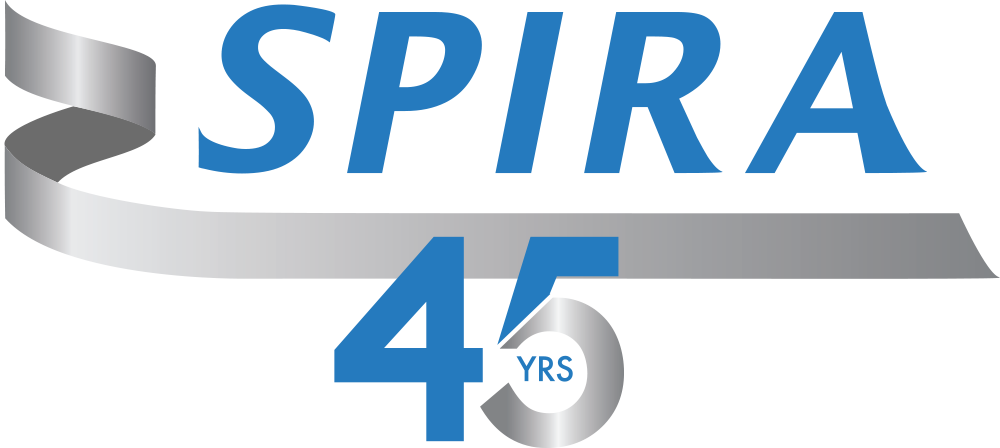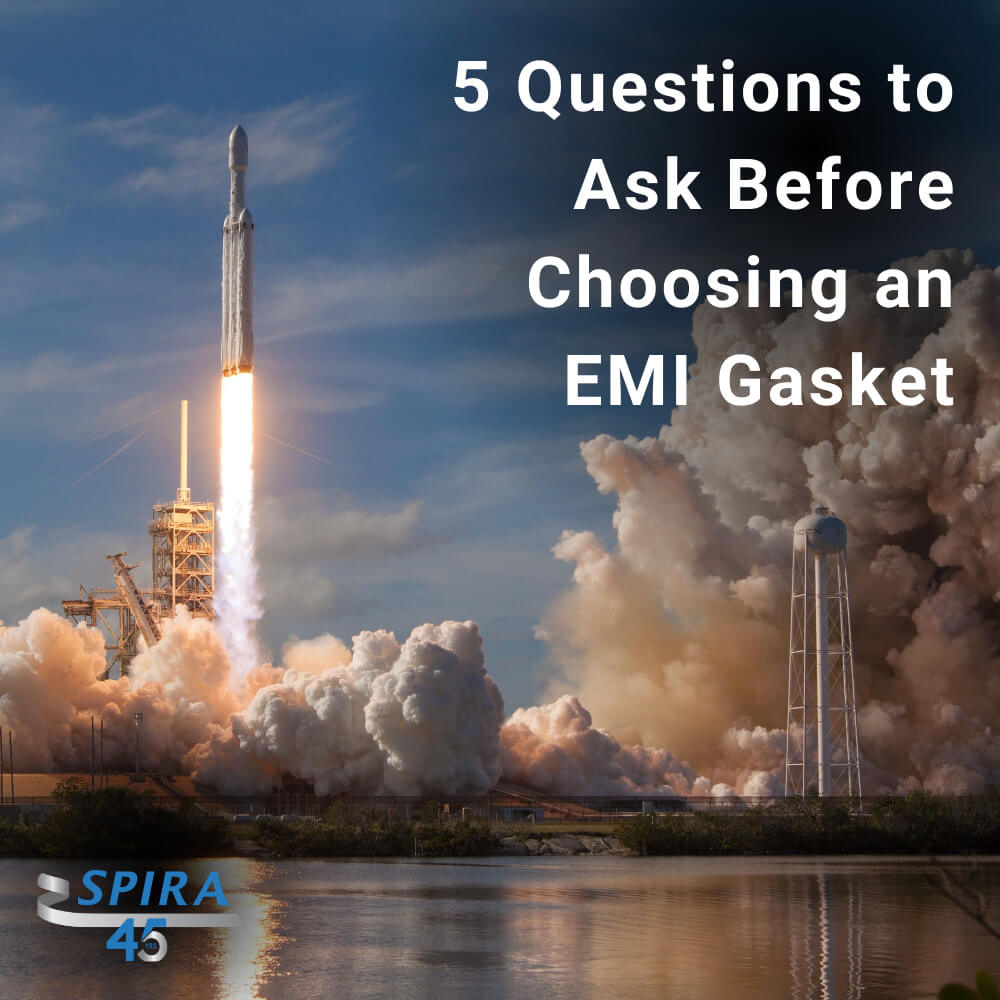The shielding effectiveness of EMI gasketed joints can be significantly affected by corrosion. The corrosion of concern is a galvanic cell between the gasket and the joint surface in the presence of moisture or salt-fog atmospheres. The chart below lists six common materials used in EMI gaskets along with their degree of compatibility with common joint surface material/plating combinations. (The chart was extracted from ARP-1481, published by the Society of Automotive Engineers). The legend describes the degree of compatibility and/or requirements for obtaining a corrosion free joint. The term “requires sealing” means that the gasketed joint surfaces must be protected in some way from the moisture and/or salt-fog atmospheres.
*Standard gasket materials used by Spira.
Legend:
A - Compatible
B - Requires sealing only if exposed to salt atmosphere or high humidity. Edge plating may be satisfactory
C - Requires sealing if exposed to humid environment
D - Compatible in environment of controlled temperature and humidity only
E - Requires sealing regardless of exposure
X - Not usable


